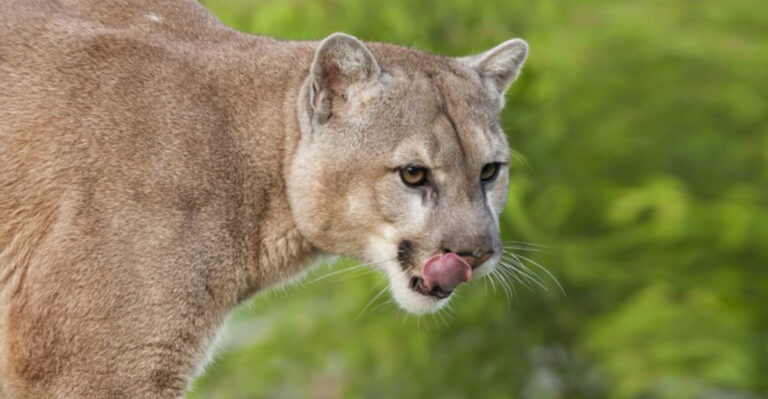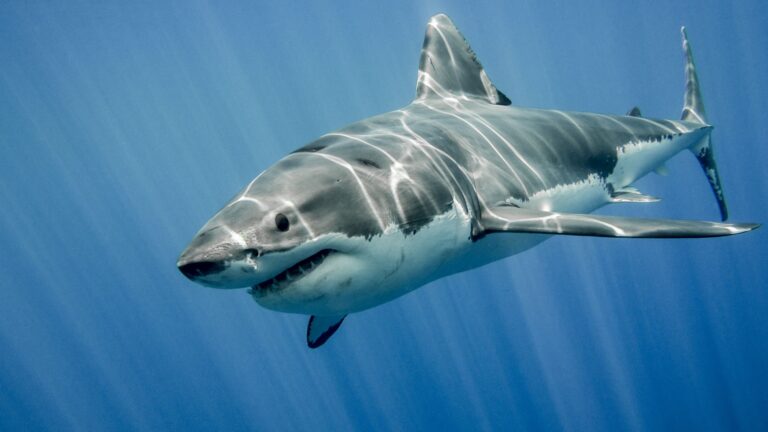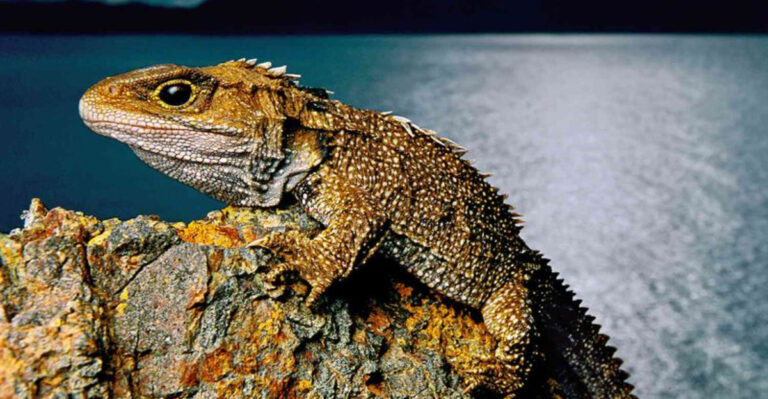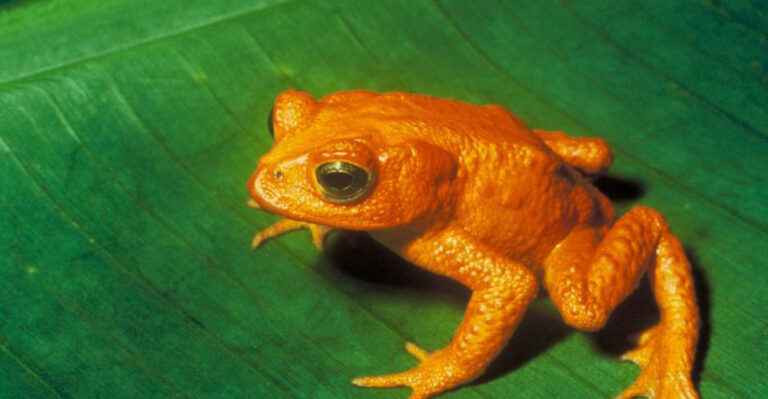11 Animal Species Named After Famous People
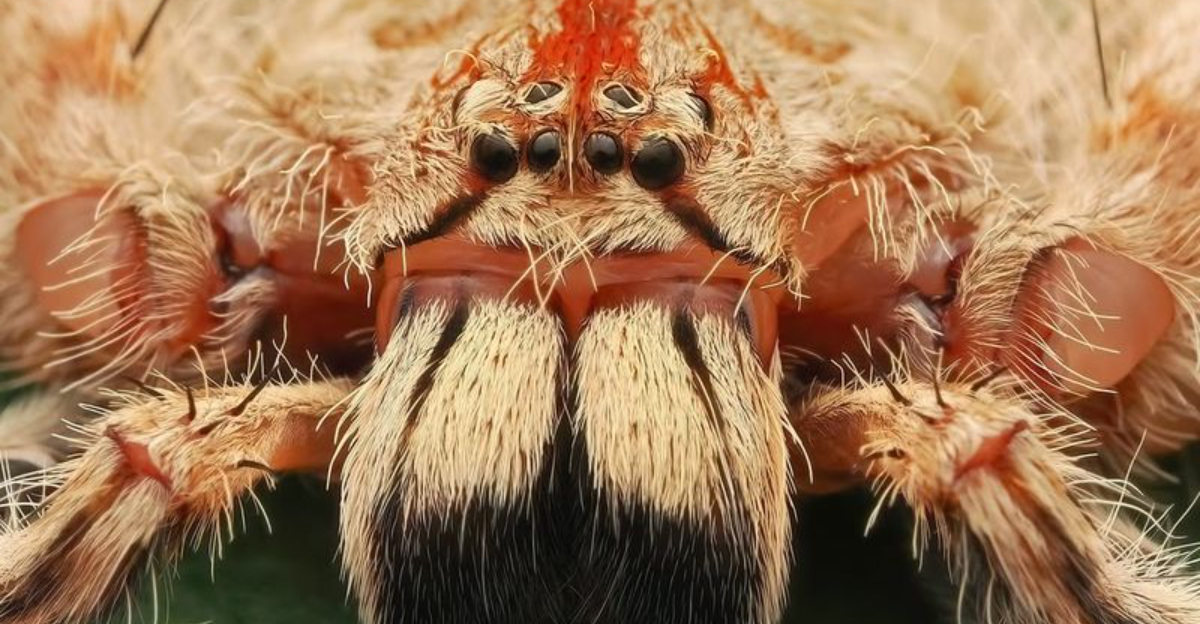
Animals have been named in honor of iconic figures throughout history, creating a unique connection between the natural world and human culture. These names often reflect admiration or humor, leaving a lasting legacy for both the animal and the person.
From tiny insects to majestic mammals, these creatures bear names that immortalize celebrities in the most unexpected ways. Let’s learn more about these astonishing creatures and their creative names.
1. Scaptia beyonceae

The Scaptia beyonceae, a species of fly discovered in Australia, is named after pop superstar Beyoncé due to its golden-colored abdomen, which some believe mirrors the dazzling and powerful persona of the singer. This fly is both rare and striking, much like Beyoncé’s career and influence.
The fly’s vibrant coloration is a reminder of how nature often mirrors the bold and brilliant qualities that celebrities like Beyoncé bring to the world stage.
2. Eristalis gatesi
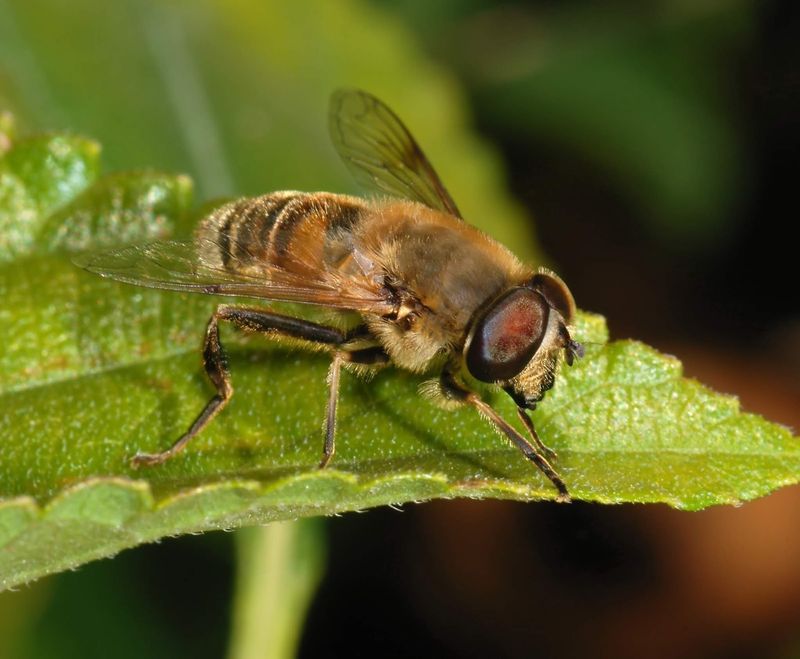
Named after Bill Gates, the Eristalis gatesi is a species of hoverfly discovered in the Amazon Rainforest. The hoverfly is known for its ability to hover in place with great precision, much like Gates’ precision and influence in the tech world.
This species represents not only the ingenuity of nature but also the impact that an individual can have on the world. Its naming is a nod to Gates’ work in global philanthropy, inspiring research into how smaller species can contribute to larger environmental studies.
3. Calponia harrisonfordi
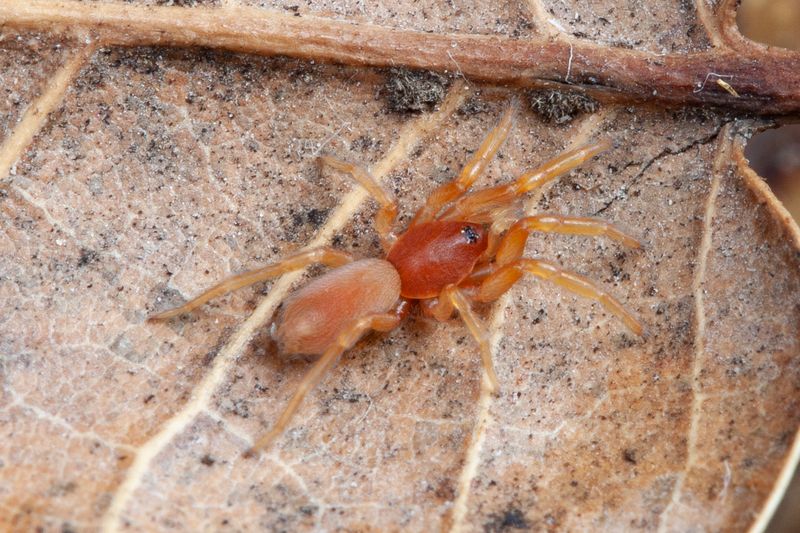
Named after the legendary actor Harrison Ford, the Calponia harrisonfordi is a spider species found in California’s coastal hills. Its name honors Ford’s iconic roles as adventurous heroes, like Indiana Jones, as the spider’s habitat is both elusive and difficult to access.
The species was discovered in 2009, and its naming helped raise awareness of the endangered state of many spider species in North America. This tiny creature’s unique traits reflect the courage and adventure Ford brought to the screen.
4. Neopalpa donaldtrumpi
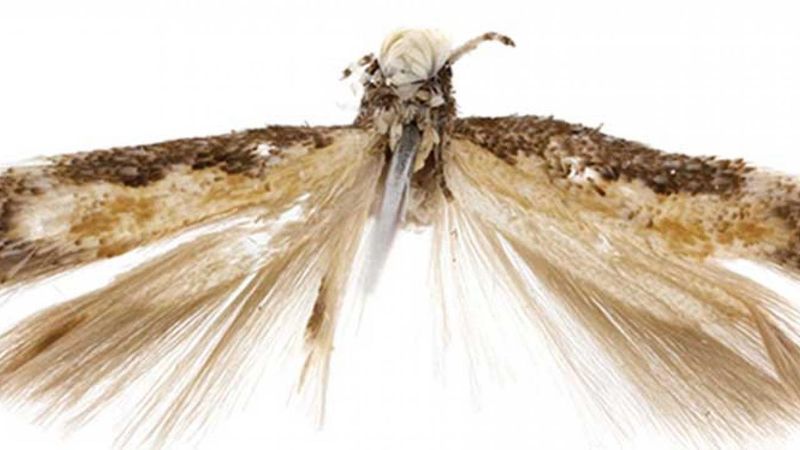
The Neopalpa donaldtrumpi is a moth species named after the former U.S. president Donald Trump.
This unique moth, discovered in the southwestern United States and northern Mexico, was named not only due to its distinctive golden-yellow coloration that reminded scientists of the president’s famous hairstyle, but also to create attention toward the conservation of lesser-known species.
The moth’s naming was met with a mix of reactions, but it undeniably brought more attention to the fascinating world of entomology.
5. Agra schwarzeneggeri
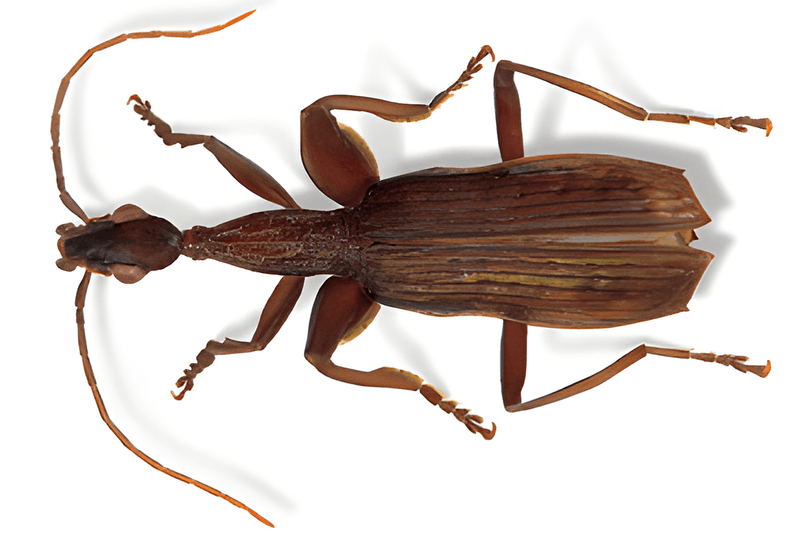
Agra schwarzeneggeri is a newly discovered species of beetle, named after the famous action movie star Arnold Schwarzenegger.
This beetle, which can only be found in a small area of Nicaragua, was chosen for the name because of the powerful and tenacious character traits associated with Schwarzenegger, often portrayed in his roles as a resilient and powerful figure.
The beetle itself is hardy and rare, much like the iconic actor’s career, making the connection both fitting and symbolic.
6. Brachycephalus dantei
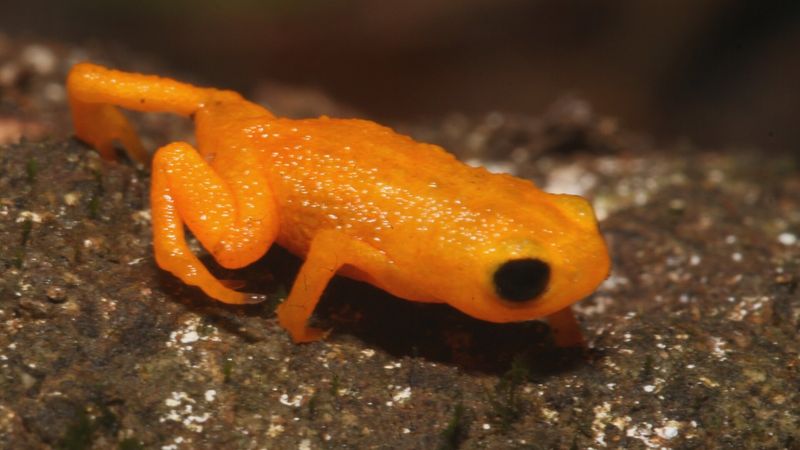
The Brachycephalus dantei, a newly discovered frog species from Brazil, is named after the famous Italian poet Dante Alighieri. The frog’s name honors Dante’s enduring cultural significance, particularly in exploring profound themes like life and nature.
The species’ discovery was part of a broader effort to catalog rare amphibians, and its naming reinforces the connection between literature, culture, and the natural world. Just as Dante’s works delve into the depths of human experience, this frog exists in some of the most isolated, hidden corners of the world.
7. Gnathia marleyi
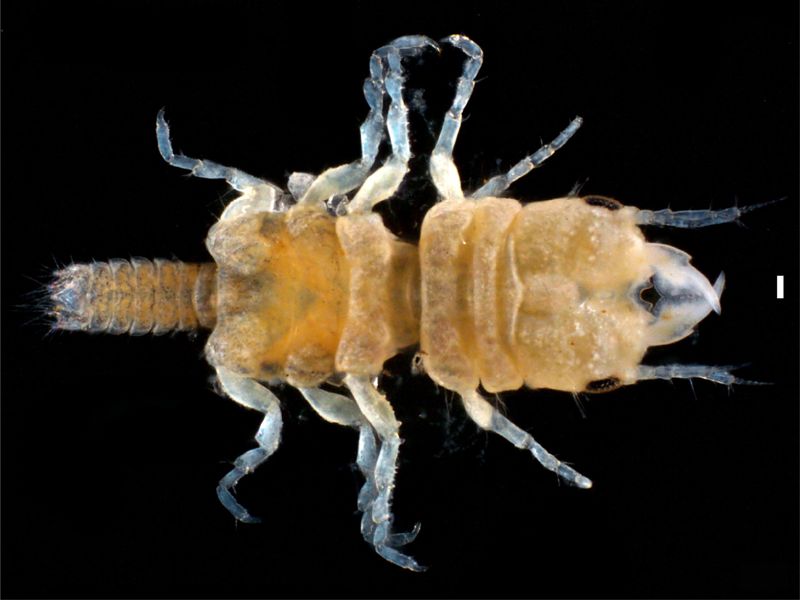
The Gnathia marleyi, a species of parasitic isopod found in the Caribbean Sea, is named after the legendary musician Bob Marley. This naming honors Marley’s profound influence on music, culture, and environmental activism.
The species is known for its role in the ecosystem, similar to Marley’s cultural impact, which has also been deeply rooted in fostering awareness of nature and life. The discovery and naming of this isopod brings attention to the often-overlooked creatures in the world’s oceans.
8. Heteropoda davidbowie
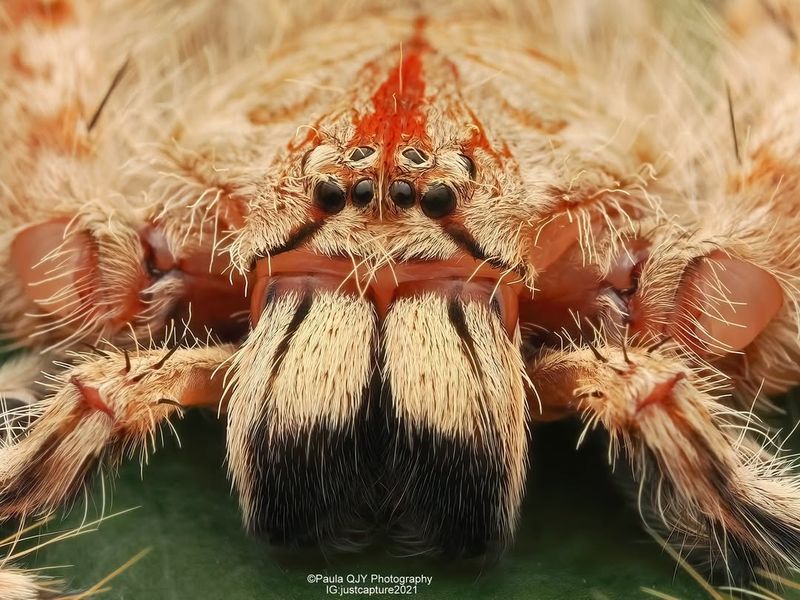
The Heteropoda davidbowie, a species of spider, was named after the late David Bowie, iconic for his groundbreaking contributions to music and culture. This spider species was discovered in Southeast Asia and was named to honor Bowie’s transformative presence in the arts.
The spider itself, with its distinctive look and elusive nature, reflects Bowie’s ability to reinvent himself and challenge conventional norms. The naming brought attention to both the spider’s fascinating biology and the continued influence of Bowie’s artistry.
9. Aptostichus angelinajolieae
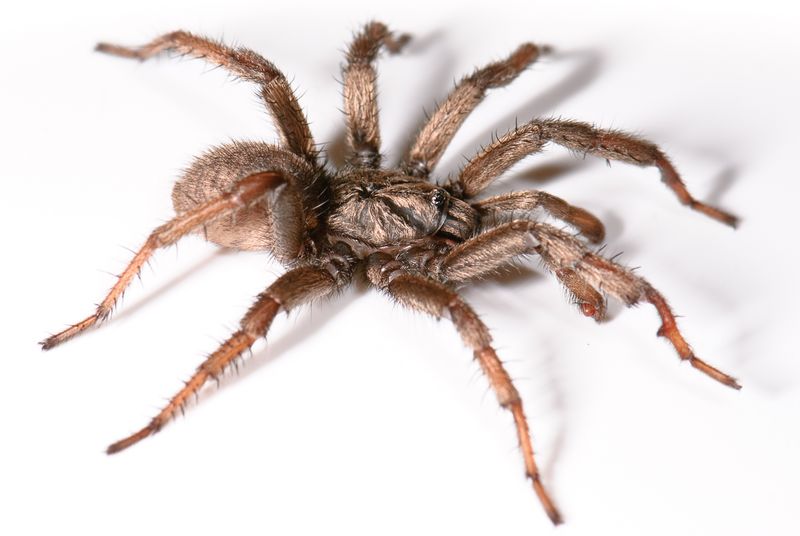
The Aptostichus angelinajolieae, a species of trapdoor spider, was named after the iconic actress Angelina Jolie in recognition of her efforts in humanitarian work.
This rare species was discovered in California, where it lives underground in silk-lined burrows. The name was chosen to honor her not only for her acting but also for her significant contributions to global causes.
10. Aleiodes shakirae

The Aleiodes shakirae, a parasitic wasp species, was named after the world-renowned singer Shakira. This wasp, known for its rhythmic, dance-like movements during its mating rituals, was named to reflect Shakira’s own distinctive and graceful dance style.
The species was discovered in the rainforests of Central America, further tying in the artist’s connection to Latin American culture and the rich biodiversity of the region. The naming honors Shakira’s global influence while also highlighting the beauty and precision of nature.
11. Pachygnatha zappa
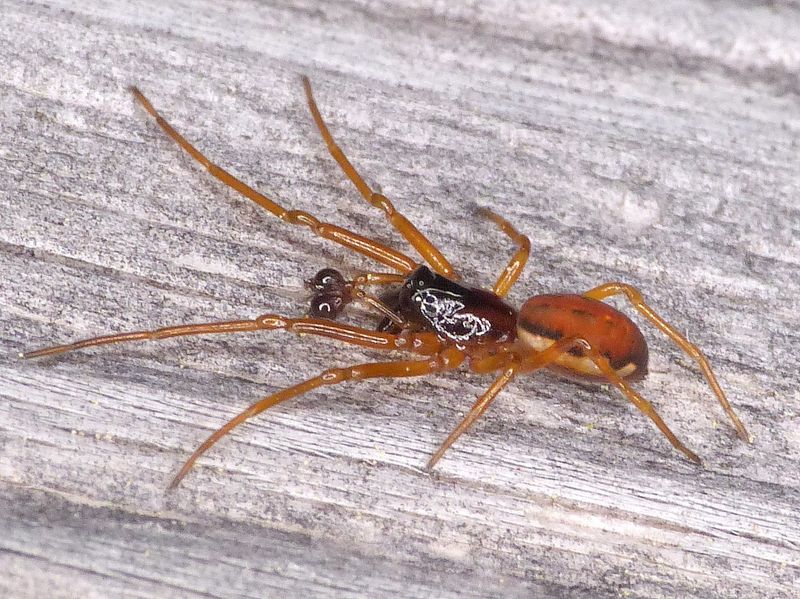
The Pachygnatha zappa is a species of spider named after the legendary musician Frank Zappa. Known for its complex and unusual web-building techniques, the spider’s behavior is considered as unique as Zappa’s unconventional approach to music.
The species was found in the United States and is part of a project aimed at cataloging the diverse spider species in North America. The name serves as a tribute to Zappa’s innovative spirit, both in music and in life.



